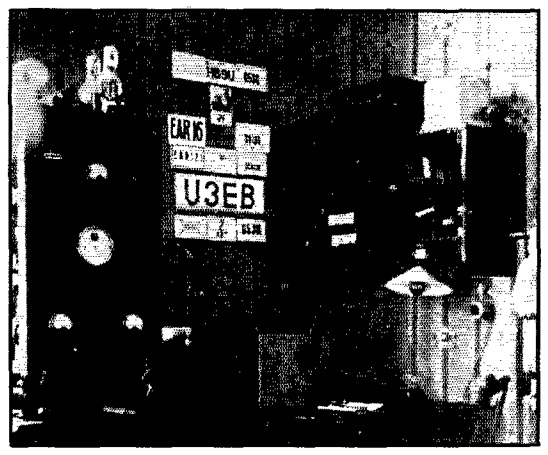An Interesting article detailing Amateur Radio in the Soviet Union 80 years ago appeared in the October, 1934, issue of QST. If you’re an ARRL member logged in to your account, you can download the full article.
Even during the height of the Cold War, Amateurs in the Soviet Union communicated freely with Amateurs in the rest of the world, and they had a well-deserved reputation of being excellent operators, often dealing with severe equiipment limitations. An excellent 1965 MIT paper describing Soviet Amateur Radio during the Cold War is also available online.
The 1934 article was written by physicist John D. Kraus, W8JK (1910-2004). Kraus likens the state of Soviet Ham Radio as being roughly equivalent to that in the U.S. about a decade earlier. The typical receiver was either two or three tubes, with one serving as detector and the second as audio amplifier. A third tube as a tuned RF stage was popular. Transmitting tubes of 20-150 watts were available. Crystal control was becoming popular, but simpler designs were still more common. The most popular antenna was a single wire known as the “American type.”
The author noted that very few Russian hams spoke English or German, and that his Russian was also almost non-existent. During his travels, he normally made use of an interpeter, but he could often bypass the interpreter by whistling CW and using standard radio abbreviations.

